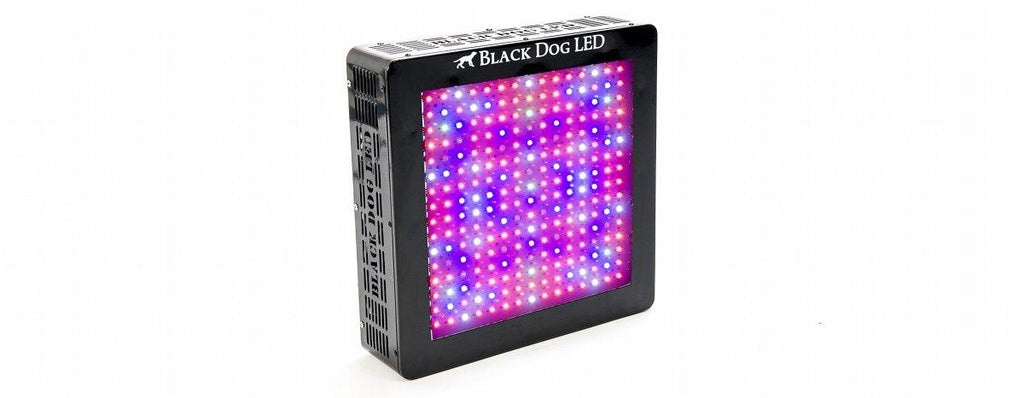What are LED Grow Lights?

Since grow lights with light-emitting diodes (LEDs) are relatively new on the market, a lot of people don't understand how they work and how they’re different from other light sources like fluorescent and high-intensity discharge (HID) lamps. Adding to the confusion is puzzlement about how a tiny light that tells you that you have a message on your phone can possibly get a plant to grow, let alone thrive. So let's take a look at exactly what LED grow lights are and why they're the best choice for indoor gardening, bar none.
What is an LED?
Unlike HID and fluorescent lamps that produce light by passing electricity though gas-filled tubes, LEDs make light by moving electrons through a semiconducting material. Without getting too technical, the movement of these electrons causes photons to be released, creating light. The type of material used and the gap between the diodes determines the vibrating frequency (wavelength) of the photons, which, in turn, determines the color of the light. LED grow lights are built with dozens of LEDs specifically selected to produce wavelengths of light that are ideal for indoor growing.
Why is wavelength important to grow lights?
Plants use different wavelengths of light for different functions. Some wavelengths encourage leaf growth, others promote budding and blooming. While gas-tube lighting can be designed to glow at approximate wavelengths, LEDs can be fine-tuned to give precisely the wavelength a plant needs to thrive without wasting energy making light of other frequencies.
Why are LEDs so efficient?
LEDs are constructed to release photons directionally and their housings are designed to further concentrate the light. Because power isn't wasted heating a filament or causing a gas to fluoresce, the light output per watt of energy consumed is huge compared to other light sources. Besides much more light per watt, LEDs last a lot longer than tungsten bulbs or gas-filled tubes, making them very cost effective over time. Because they produce very little heat, you save on ventilation and cooling expenses, plus, the size of LEDs lets fixtures be much smaller than other types of grow lights, making them easier to use.
Don't LEDs cost a lot more than other lights?
The initial cost of LEDs is higher than most other kinds of lamps, true enough. That's mainly because semiconductor chips cost more than tungsten wire or light-emitting gases. But when you consider the energy and replacement cost savings over the life a lamp, that cost difference goes away. Semiconductor prices have come down considerably and manufacturing efficiencies are rising, too, bringing down the cost of LEDs. Add to that the increased yields from spectrally-targeted LED lamps, and LED grow lights more than pay for their higher initial cost.
Watch this space for more articles about LED grow light technology and indoor growing tips. You can also learn more about LED technology and how Black Dog LED has engineered it to make some of the finest indoor LED growing products in our Frequently Asked Questions (FAQ), Knowledge Center and product descriptions throughout our website.






